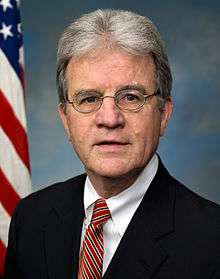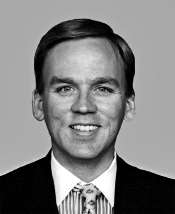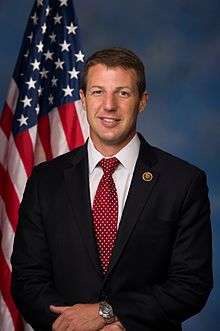Oklahoma's 2nd congressional district
| Oklahoma's 2nd congressional district | |
|---|---|
|
Oklahoma's 2nd congressional district - since January 3, 2013. | |
| Current Representative | Markwayne Mullin (R–Westville) |
| Distribution |
|
| Population (2000) | 690,131 |
| Median income | 27,885 |
| Ethnicity |
|
| Cook PVI | R+24[1] |
Oklahoma's Second Congressional District is one of five United States Congressional districts in Oklahoma and covers approximately one-fourth of the state in the east. The district borders Arkansas, Kansas, Missouri, and Texas and includes (in whole or in part) a total of 24 counties.[2]
Historically, the district has supported conservative Democrats, and was reckoned as a classic Yellow Dog Democrat district. However, the district has become increasingly Republican since the start of the 21st century; in the last two elections the Republican presidential candidate has carried it by the largest margin in the state. Urban voters represent a third of the district.[3]
The district is represented by Republican Markwayne Mullin, becoming only the second Republican after Tom Coburn to hold the seat since 1921.
Geography
The district borders Kansas to the north, Missouri and Arkansas to the east, and Texas (along the Red River) to the south. The district includes the remainder of Rogers County (including the county seat of Claremore) that is not taken by District 1, and then, also, all of the following counties: Adair, Nowata, Craig, Ottawa, Mayes, Delaware, Cherokee, Okmulgee, Muskogee, Sequoyah, Okfuskee, McIntosh, Haskell, LeFlore, Hughes, Pittsburg, Latimer, Coal, Atoka, Pushmataha, McCurtain, Choctaw, Bryan, Marshall County and Johnston.[2]
Some of the principal cities in the district include Miami, Claremore, Muskogee, Tahlequah, Okmulgee, McAlester, and Durant.
The northern half of the district includes most of the area of Oklahoma referred to as Green Country, while the southern half of the district includes a part of Oklahoma often referred to as Little Dixie.
There are Currently 26 counties in Oklahoma Congressional District 2.
Demographics
According to the 2000 U.S. Census, the district is 35.51 percent urban, 23.95 percent non-white, and has a population that is 2.40 percent Latino and 1.36 percent foreign-born.[3] The district has a higher percentage of Native Americans than any other congressional district in Oklahoma.[4] Its representative, Markwayne Mullin, is one of two Native Americans currently serving in Congress.[5]
Recent election results
Presidential races
| Year | Results |
|---|---|
| 2000 | Bush 53% - 47% |
| 2004 | Bush 59% - 41% |
| 2008 | McCain 66% - 34% |
U.S. Representative, 2004
| Candidates | Party | Votes | % | |
|---|---|---|---|---|
| Dan Boren | Democratic | 179,579 | 65.89% | |
| Wayland Smalley | Republican | 92,963 | 34.11% | |
Source: 2004 Election Results, via OK.gov
U.S. Representative, 2006
| Candidates | Party | Votes | % | |
|---|---|---|---|---|
| Dan Boren | Democratic | 122,347 | 72.74% | |
| Patrick K. Miller | Republican | 45,861 | 27.26% | |
Source: 2006 Election Results, via OK.gov
U.S. Representative, 2008
| Candidates | Party | Votes | % | |
|---|---|---|---|---|
| Dan Boren | Democratic | 173,757 | 70.47% | |
| Raymond Wickson | Republican | 72,815 | 29.53% | |
Source: 2008 Election Results, via OK.gov
U.S. Representative, 2010
| Candidates | Party | Votes | % | |
|---|---|---|---|---|
| Dan Boren | Democratic | 108,203 | 56.52% | |
| Charles Thompson | Republican | 83,266 | 43.48% | |
Source: 2006 Election Results, via OK.gov
Politics
The district heavily favored conservative Democratic candidates, with only three Republicans taking the district. The district shifted Republican most notably in electing Tom Coburn, who vacated the seat due to a self-imposed term limit pledge (He was elected to the United States Senate 4 years later). It has since been held by Brad Carson and Dan Boren. In 2012 the 2nd has again elected a Republican to the House and current Rep is Markwayne Mullin and a Pentecostal.
The district's Democratic leanings stem partly from historic migration patterns into the state. The Little Dixie region of the district imported the people and culture of southern states such as Mississippi after Reconstruction.[6] Voter registration in Little Dixie runs as high as 90 percent Democratic.[6] Additionally, Native Americans in the region tend to vote for Democratic candidates and they have helped Democratic candidates win statewide elections.[4]
Historically this is where Democratic presidential candidates perform best in the state. Bill Clinton easily carried the district in 1992 and 1996. However, the district has been swept up in the growing Republican trend in Oklahoma. George W. Bush received 59 percent of the vote in this district in 2004. John McCain received 66 percent of the vote in this district in 2008.
Muskogee has produced six representatives, more than any other city in the district. Tahlequah has produced three representatives, the second most of any city in the district.
List of representatives
Historical district boundaries

See also
References
- ↑ "Partisan Voting Index – Districts of the 115th Congress" (PDF). The Cook Political Report. April 7, 2017. Retrieved April 7, 2017.
- 1 2 Oklahoma's 2nd District (accessed May 24, 2010).
- 1 2 Representative Dan Boren: District Demographics, That's My Congress (accessed May 11, 2010).
- 1 2 http://www.pbs.org/frontlineworld/election2008/2008/11/paying-attention-to-the-n.html
- ↑ http://swtimes.com/sections/news/politics/cherokee-nation-honors-us-rep-mullin.html
- 1 2 Gaddie, Ronald Keith, "Democratic Party," Encyclopedia of Oklahoma History and Culture Archived May 31, 2010, at the Wayback Machine. (accessed May 24, 2010).
- Martis, Kenneth C. (1989). The Historical Atlas of Political Parties in the United States Congress. New York: Macmillan Publishing Company.
- Martis, Kenneth C. (1982). The Historical Atlas of United States Congressional Districts. New York: Macmillan Publishing Company.
- Congressional Biographical Directory of the United States 1774–present
Coordinates: 35°00′N 95°42′W / 35.0°N 95.7°W
.tif.png)


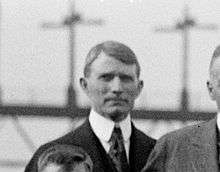

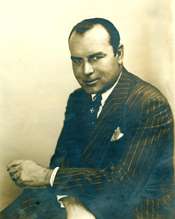
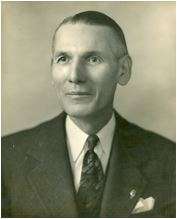
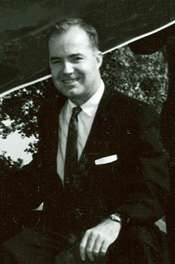
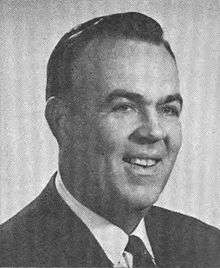
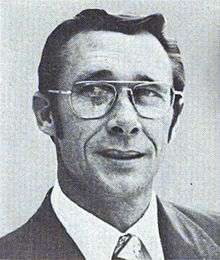
.jpg)
